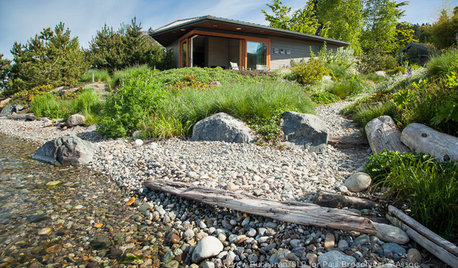How to restart lawn with "No Mow" Fescue?
leo_in_md
11 years ago
Featured Answer
Sort by:Oldest
Comments (11)
grass1950
11 years agolast modified: 9 years agoleo_in_md
11 years agolast modified: 9 years agoRelated Professionals
Benbrook Landscape Architects & Landscape Designers · Mountain Brook Landscape Architects & Landscape Designers · Salem Landscape Architects & Landscape Designers · Holland Landscape Contractors · Northport Landscape Contractors · Ocoee Landscape Contractors · Placerville Landscape Contractors · Royal Oak Landscape Contractors · Saint Paul Landscape Contractors · Severna Park Landscape Contractors · Snoqualmie Landscape Contractors · La Verne Swimming Pool Builders · San Antonio Swimming Pool Builders · Summerlin South Swimming Pool Builders · Midwest City Swimming Pool Buildersleo_in_md
11 years agolast modified: 9 years agoleo_in_md
11 years agolast modified: 9 years agograss1950
11 years agolast modified: 9 years agograss1950
11 years agolast modified: 9 years agoleo_in_md
11 years agolast modified: 9 years agodchall_san_antonio
11 years agolast modified: 9 years agoleo_in_md
11 years agolast modified: 9 years agoleo_in_md
11 years agolast modified: 9 years ago
Related Stories

GARDENING GUIDES5 Great Grasses for a New Lawn
Learn about maintenance, wear tolerance, ideal climate and more for these top turf choices to pick the right one for you
Full Story
BEFORE AND AFTERSSee 6 Yards Transformed by Losing Their Lawns
Wondering whether a turf lawn is the best use of your outdoor space? These homeowners did, and they found creative alternatives
Full Story
MOST POPULARMeet a Lawn Alternative That Works Wonders
Carex can replace turfgrass in any spot, is low maintenance and adjusts easily. Add its good looks and you’ve got a ground cover winner
Full Story
SAVING WATERHouzz Call: Are You Letting Go of Your Lawn?
Many facing a drought are swapping turf for less thirsty plantings. If you’re one of them, we’d like to hear about it
Full Story
GREAT HOME PROJECTSHow to Replace Your Lawn With a Garden
New project for a new year: Lose the turfgrass for energy savings, wildlife friendliness and lower maintenance
Full Story
LANDSCAPE DESIGN7 Low-Maintenance Lawn Alternatives
Turf isn't the only ground cover in town. Get a lush no-grass lawn with clover, moss and other easy-care plants
Full Story
GARDENING GUIDESHow to Plant a New Lawn From Sod
Take the quick-start route to turf with sod; these installation guidelines will help ensure a healthy and long-lasting lawn
Full Story
LAWN ALTERNATIVESStop Fighting the Patchy Lawn!
Here are 3 situations where a garden may be a better idea than more turfgrass
Full Story
GARDENING GUIDESHow to Plant a New Lawn From Seed
Choose from more grass varieties and save money over sod by starting your lawn from seed
Full Story
INSPIRING GARDENSLawn Gives Way to a More Natural Lakeside Garden
Meadow grasses, beach pebbles and driftwood replace turfgrass in a nature-friendly landscape on Lake Washington’s shore
Full Story


grass1950